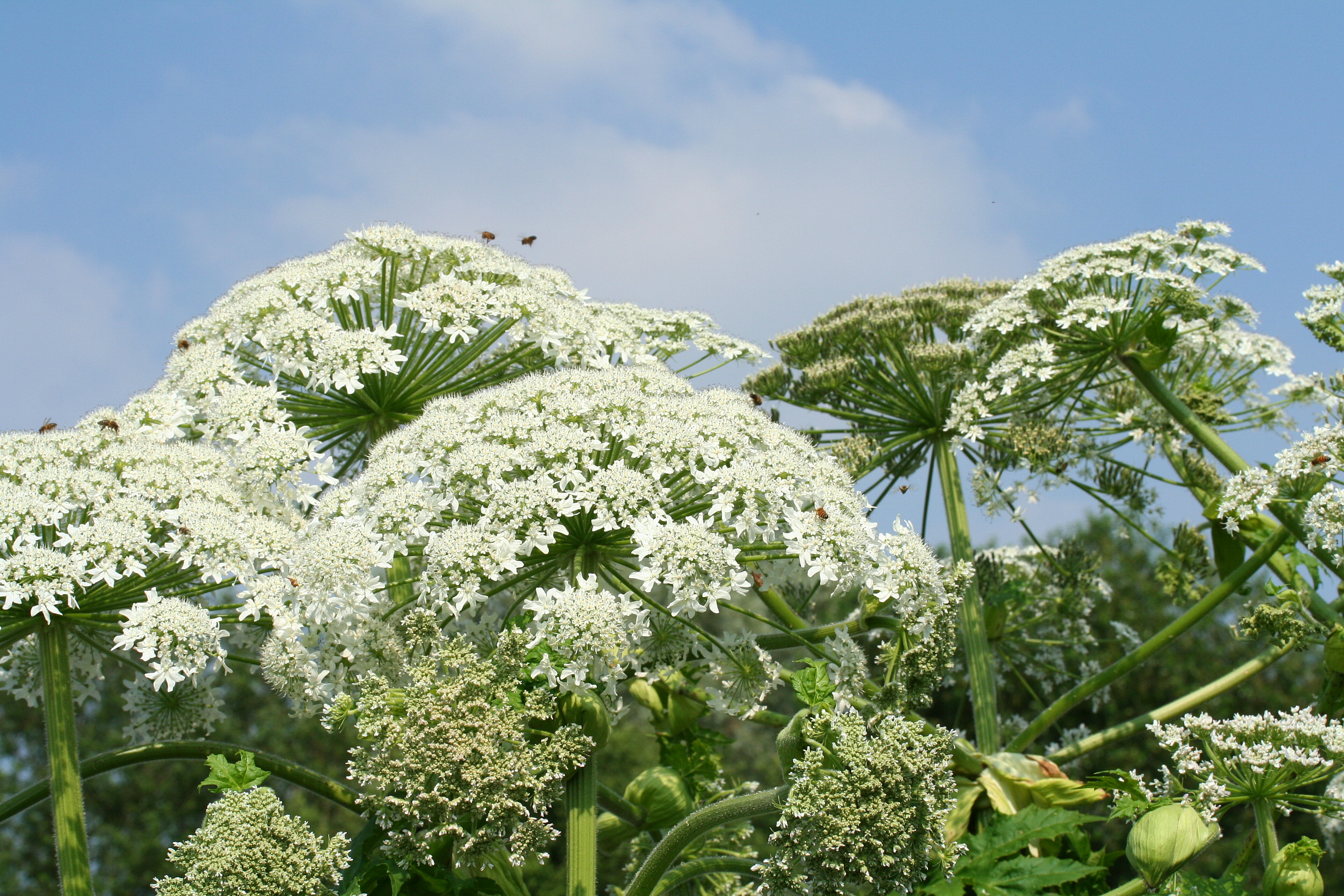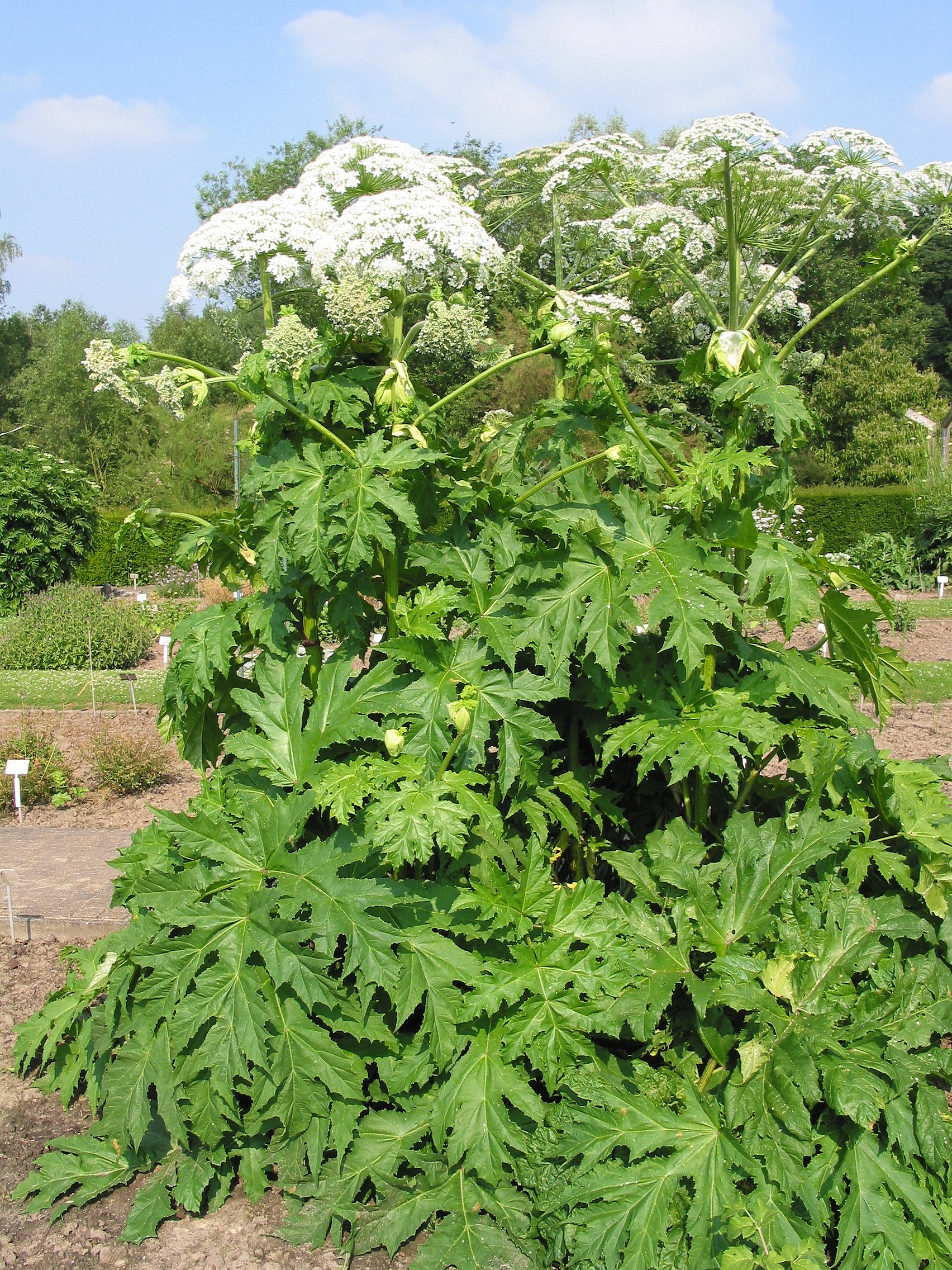Photo by Judy Gallagher licensed by cc-by-2.0
1957 was an alarming year for Idaho ranchers. Some herds of sheep were giving birth to lambs with severe deformities. The lambs simply weren’t developing right. They emerged from the womb sporting limbs from their heads, incomplete brains, and some of them had only a single, malformed eye in the middle of their face. It would take over a decade before the cause of these deformities was identified and another two decades before we knew why it happened. The first line of evidence came from the weather patterns during that fateful year.
In an average year, sheep usually find enough forage at lower elevations. With plenty of rain keeping plants happy and lush, the sheep don’t have to travel far to find food. Things change during severe droughts. As droughts worsen, plants at lower elevations start to disappear. To find enough food, sheep will move up in elevation where plants are not yet affected by drought. However, the move up slope coincides with a change in the presence and abundance of some plant species. Notably, species like the corn lily (Veratrum californicum) are more prevalent at higher elevations.
Photo by Clint Gardner licensed by CC BY-NC-SA 2.0
Now if there is one common thread that winds its way through the genus Veratrum, it’s the fact that all members produce some seriously potent alkaloid compounds. Though toxicity can vary from species to species, it is a safe bet that most Veratrum can harm you if ingested during their active growing period. However, despite the fact that all parts of Veratrum are toxic, it appears that these Idaho sheep were a bit desperate. It was discovered that during the drought of 1957, some sheep were feeding on the flowers of the V. californicum.
A deformed lamb showing the single, malformed eye and the anomalous limbs.
The flowers themselves aren’t the most toxic part of the plant but they produce measurable levels of toxic alkaloids. After 11 years of studying these malformed sheep, scientists realized that although pregnant sheep could feed on the flowers of V. californicum with no ill effects, they would go on to give birth to the deformed lambs. It became readily apparent that the deformities found in these lambs could be traced back to the consumption of V. californicum.
However, this was not case closed. The ranchers learned that they must keep their sheep away from Veratrum but no one had any idea as to how eating these plants led to such horrible birth defects. It took 25 more years before scientists had that answer.
While studying embryonic development in fruit flies, researchers discovered a set of genes that, when deactivated, cause the flies to grow spiny hairs all over their body. They named this gene “Sonic Hedgehog” after the spiky blue video game character. It turns out that the Sonic Hedgehog gene was extremely important in the development of more organisms than just flies. Importantly, these genes control the way in which the body plan of an organism develops. When something goes wrong with the Sonic Hedgehog pathway, a whole slew of deformities follow. Among these is the development of a single, malformed eye on the middle of the mammalian head.
Luckily, researchers studying Sonic Hedgehog remembered the story of the cyclops sheep in Idaho. It didn’t take long to put the puzzle pieces together. It was soon realized that V. californicum produces one alkaloid in particular that interferes with Sonic Hedgehog. The compound was given the name “Cyclopamine” as a reference to the deformities is caused in those sheep back in 1957. Scientists finally had the smoking gun.
The molecular structure of Cyclopamine
When droughts caused sheep to moved into the mountains in search of plants to munch, some of them would nibble on the flowers of V. californicum. If they were pregnant at the time, enough Cyclopamine made it into their system that it would shut down the Sonic Hedgehog gene pathway in their developing offspring. Once that pathway is shut down, the embryo no longer has a sound blueprint for development and all of those horrendous deformities take place.
The story does not end here. Not only was a 30+ year mystery solved, scientists had come away with a far more detailed understanding embryonic development. They also walked away with some new ideas to test. The most exciting of these involves cancer treatments. It turns out, the Sonic Hedgehog pathway is one of the many pathways involved in a couple different kinds of cancer. Normally, Sonic Hedgehog is dormant in adults but certain circumstances can see it reactivate and go into overdrive, leading to cancerous tumors. Some scientists are now using Cyclopamine to turn off the Sonic Hedgehog pathway in those tumors as a form of cancer treatment.











